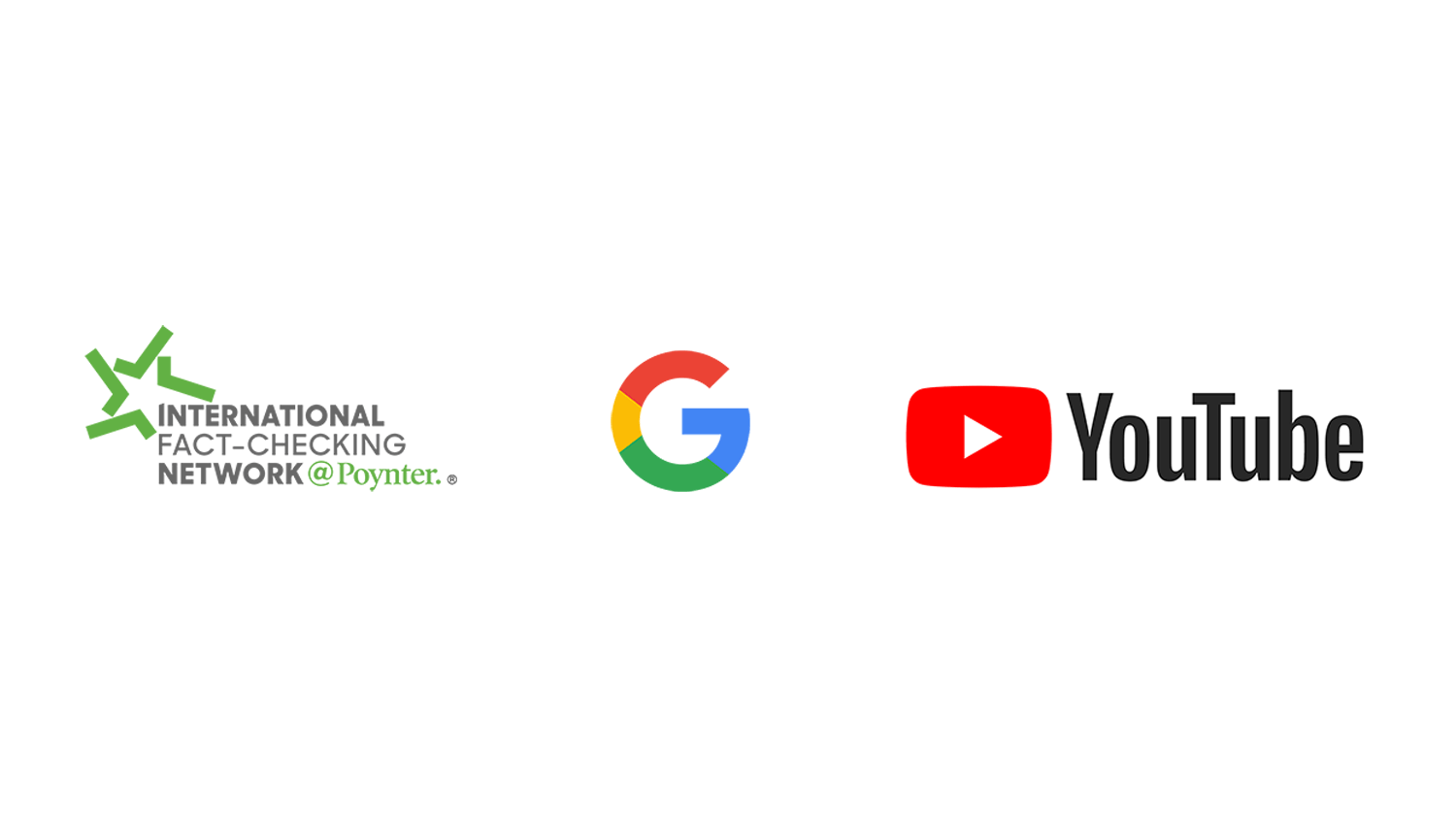Existential threats are not new to this generation of journalists. Last year, Pew Research Center reported that 23 percent of newsroom jobs had vanished in the past 10 years. There is significant difference between the fear of a pink slip and the fear of a neighbor who went to WalMart.com and bought a T-shirt that reads, “Rope. Tree. Journalist. Some Assembly Required.” This threat, though it might feel personal, is an assault on the rights of all Americans.
But until last week, when more than 400 news organizations joined the Boston Globe’s editorial board to speak within their own publications about the importance of a free press, America hadn’t seen a concerted resistance to the president and his allies’ regular, repeated characterization of journalists as “the enemy of the people.”
Collective action, like this week’s editorial campaign, is a time-honored tactic in asserting civil rights, among which the freedom to speak is first among equals. The next step? News organizations must advance a steady series of actions in a larger campaign to confront attacks on the press.
Editorial boards have committed to one action, and spent newsroom resources on this campaign. What else are news organizations willing to commit and sacrifice in order to meet this threat?
As consultants, we help clients work through some of the trickiest issues in the news and media ecosystem. After the Knight Foundation asked us to co-author a white paper on the future of public media, we committed to helping organizations work through strategic questions related to audience, digital strategy, revenue and long-term growth.
A lot of what we suggest below is common sense. Some of it is big, blue-sky thinking. But all of it is designed to rebuild a national belief that journalism is a public service, not Public Enemy No. 1.
Define a goal.
What do we want? Is it for Congress to not just affirm its support of the First Amendment but to censure the president’s characterization of the press? Is it to endow a legal defense fund? Is it to raise money and build alliances to add media and information literacy to K-12 education? Is it something as profound as a revision to the First Amendment?
Until journalists and news organizations decide on a shared goal, we can’t design an effective campaign.
Don’t paywall your pleas for help.
While it’s important for media organizations to stay on their business models, it is also a time to demonstrate our value in an open and accessible way.
That means putting public service work in front of any paywalls. Does your paper have a database of public employee salaries? Put it out front and do some reporting with it. Does your paper do investigations into government malfeasance? Put it out front and refresh the content (and add a #freepress bug or badge). Does your paper have a consumer service columnist (like the late, lamented Haggler column in The New York Times)? Put it out front.
It might also mean loosening our articles-per-month meters. We’re thrilled that the Boston Globe started this campaign. We also noticed that, if you read their list of partner organizations and their editorial, you’ve used up your free article count for the month, making it difficult to immerse yourself in the campaign unless you’re a Boston Globe subscriber.
Consider a rolling blackout.
Think about the day the Internet went dark to protest SOPA, when sites like Google and Craigslist and Wikipedia and Reddit alerted their users to the House’s Stop Online Piracy Act (SOPA). It was a shocking and powerful — and expensive.
News organizations don’t have the option of a national strike — the entire point, after all, is that we are minding the public interest. But a series of rolling digital blackouts might accomplish the same end.
What if, for example, your local TV station’s website went dark for a day, with a message explaining the strike and redirecting its regular users to get their news from a local newspaper partner? What if the newspaper dropped its paywall for that day, and went dark the next day, redirecting its regular audiences to the local NPR affiliate? Broadcasts and print distribution — the most critical revenue operations for traditional news organizations — could continue as usual, while still driving attention to, and illustrating, the threat that we face.
Let’s help people imagine, just for a second, a world without their regular news sources.
Borrow strength, signals and space.
It’s terrific to rally the base of people who know and value a media organization. But you can’t make new converts among the converted, and the unconverted aren’t following us on social, subscribing to our papers or tuning in. How much more powerful would the message of a free press be if it came from outside journalism, from people without a personal stake in the matter, like country musicians and YouTube stars and comic book artists and chambers of commerce?
In other words, we need to seek allies and ask them to share the message, in their own words, on their own platforms, to their own audiences. What if advocacy groups commonly on the opposite sides of most issues — the Sierra Club and the Cato Institute, for example — bought joint ads supporting this most basic American right? What if Google — sponsor of many a news conference — created a Doodle for the day?
We also need to borrow signals — including paid media, rather than the platforms we own — to extend our footprint and increase basic media literacy, educating non-journalism audiences in what journalists do, and how to evaluate information. And we need to include young people.
What if we had published 400 essays arguing for a free press in partnership with public schools and the College Board and asked them to use it in test material? How could we create pro-journalism programs and content for the Girl Scouts, Dolly Parton’s Imagination Library, Odyssey of the Mind, Battle of the Books, Quiz Bowl, Model United Nations and similar organizations?
One key point: When we use other organizations’ signals, what we circulate has to be for their audiences first, not for us, connecting what we do to what our communities need. That might look a pop-up lemonade stand at the library or courthouse for a “bring us your problems and we’ll investigate” campaign — something that organizations like Hearken have done to powerful effect, by asking audiences all over the world how we can leverage our skills and platforms to help them. It might look like a regular genealogy night at the paper, when you throw open your archives for people to work on family history.
As we are asking people to help us, let’s remind them that we’re in the business of helping them, too.
Go far, far beyond Twitter.
Twitter is a journalist’s playground, but it’s still only used by about 24 percent of Americans, according to a Pew Research Center study. In contrast, YouTube is used by about 73 percent of the American public, but there was no mention of the campaign on some of the biggest newsroom YouTube channels or Reddit accounts, or on many platforms that reach non-English speaking people.
How do we use all of the mechanisms of distribution at our disposal to reach audiences where they spend their time online?
Be as service-focused as the Chamber of Commerce, synagogues and PTAs.
Non-journalism organizations often sit down and list all of the benefits of membership. That “what have you done for me lately” list should be a go-to tool for communicating your value. If you have trouble putting meaningful stuff on that list, then maybe it’s time to recommit to the role of public service journalism.
And if you have a great list of things you’ve done, how are you recirculating those materials and making sure that everyone who needs them has access, or make suggestions? This isn’t the place for a list of prizes. It’s a place for a list of work that improved your readers’ lives and helped them make decisions, live better, or hold their institutions accountable.
Show your work.
Many of our favorite news organizations tell process stories about their journalism, but many more should. How did your newsroom serve the public interest this week? How did the story come together? Tell that story on your site, in addition to preparing conference presentations and write-ups for industry press, which are geared towards other journalists. (See Adriana Gallardo’s explanation of how ProPublica collected nearly 5,000 stories from women who died or almost died in childbirth, or David Fahrenthold’s process for following the Trump family’s promises of charitable donations, or The New York Times’ regular “Story Behind the Story” feature.)
One more: Share your ideas.
This list is intended as a starting point, not a to-do list, and we have even more questions than ideas. Who is prepared to be the organizer for a campaign like this? How will we ensure that local newsrooms have sufficient support to engage in this kind of advocacy? Who gets to design our goals, and how we measure our progress? How will we ensure that this movement stays true to journalism’s core ethics?
If you have ideas, or if your newsroom is planning further action, please let us know in the comments, tweet at #freepressnextsteps, or email us at info@hedgehogandfox.net so we can follow up.






